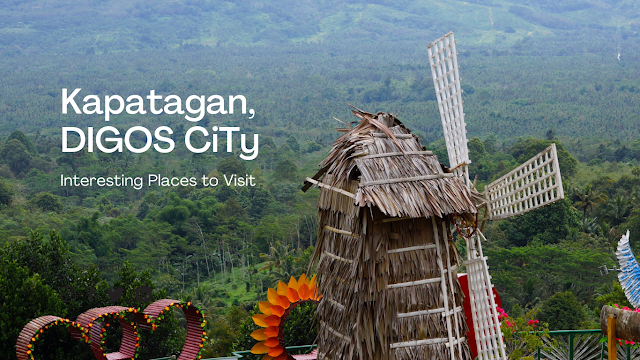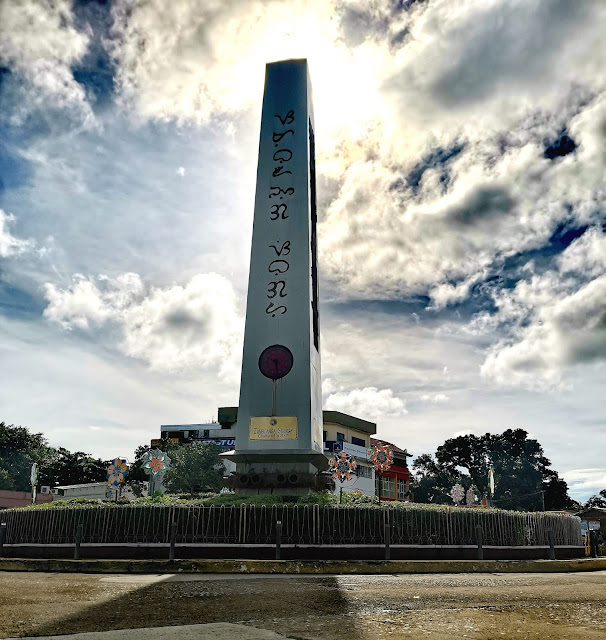The History of Ati Atihan Festival: How It Began and Why It Matters
The Ati-Atihan Festival is a famous cultural festival in the Philippines, held annually on the 3rd Sunday of January in Kalibo City, Aklan Province, Western Visayas. Also, One of the oldest and most popular cultural festivals in the Philippines
One of the festival's highlights is a group of colorfully costumed performers dancing to the beat of drums and other instruments, mimicking the movements of the Aeta people who are said to have welcomed Malay settlers to the island. It's a street dance contest. All in all, the Ati Atihan Festival is a vibrant celebration of Filipino culture and traditions and a must-see event for anyone visiting the Philippines.
Legend has it that the festival originated with the indigenous Aetas tribe settling in Aklan in the 13th century. The Aeta were considered friendly and hospitable to Malay settlers who arrived on the island, welcoming them with food and dancing. Over time, the festival honored Santo Niño (Holy Son of Jesus) and evolved into a way of celebrating Filipino culture.
The name of the festival comes from the phrase "Ati Ati Han" which means "do like Ati" and refers to Aeta. During the festival, participants wear colorful costumes, dance to the rhythm of drums and other instruments, and imitate the movements of the aeta.
The festival took on religious significance in his 16th century when Spanish missionaries arrived in the Philippines and gifted the locals with statues of Santo Niño. The people of Aklan are said to have been fascinated by the statue and quickly incorporated it into their religious practice.
Santo Niño became the patron saint of Aklan and made famous the Ati Atihan festival, which honors the saint and celebrates Filipino culture. Today, the festival remains an important cultural and religious event in the Philippines, attracting tourists from all over the country and around the world.
The Ati Atihan Festival not only celebrates the culture and traditions of the Philippines, but also serves as a reminder of the country's rich history and diverse heritage. It is a testament to the resilience and creativity of the Filipino people and a symbol of the country's enduring faith and spirit of community.
History
The Ati Atihan Festival has a rich and colorful history, dating back to the 13th century when the Aetas, an indigenous people, are said to have settled the island of Panay in the Philippines. According to legend, the Aeta welcomed the Malay settlers who arrived on the island in a friendly manner, welcoming them with food and dance.
The name of the festival comes from the phrase "Ati Ati Han" which means "do like Ati" and refers to Aeta. Over time, the festival evolved into the Santo Niño celebration, and the aeta dance became a way of honoring the Child Jesus.
Legend has it that in the 16th century, a group of Spanish missionaries arrived in the Philippines and gifted the locals with a statue of Santo Niño. It is said that the people of Aklan in particular were fascinated by the statue and quickly incorporated it into their religious practice.
Santo Niño became the patron saint of Aklan and made famous the Ati Atihan festival, which honors the saint and celebrates Filipino culture. The festival remains one of the Philippines' largest and most glamorous celebrations, attracting visitors from all over the world.
HOW TO GET THERE
By Air: The easiest way to get to Kalibo is by air. There are several airlines that operate daily flights from Manila to Kalibo International Airport. The flight takes about an hour. Once you arrive at the airport, you can take a shuttle or a taxi to the town proper, where the festival is held.
By Sea: You can also reach Aklan by sea, with ferries and boats operating from Manila and nearby islands. There are several ports in Aklan, including Caticlan and Batan, which are both a short distance from Kalibo.
By Land: If you're coming from nearby provinces, you can take a bus or a van to Kalibo. There are also buses that operate from Manila to Aklan, with several companies offering daily trips.
During the Ati-atihan Festival, there are also special charter flights and buses that operate to accommodate the influx of visitors. It's always best to book your transportation and accommodations in advance to avoid any hassle during the festival.








